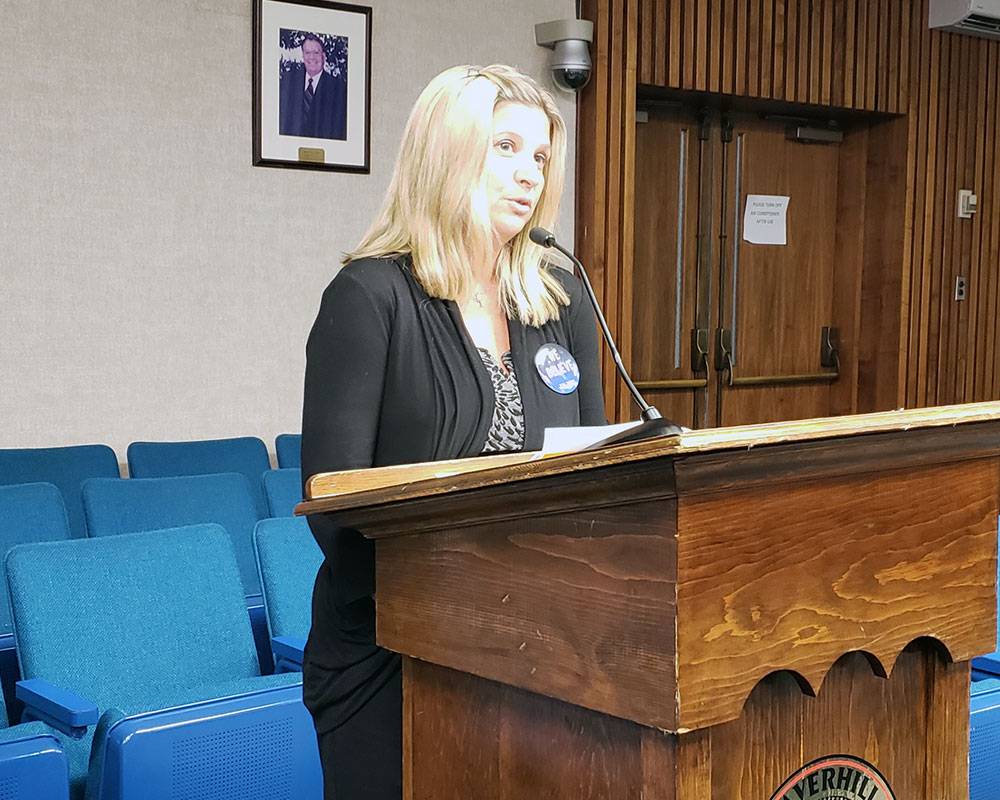The 2022 MCAS test results are in and, while they are less than ideal, Haverhill educators say they show signs of improvement now that in-person classes are back in session once again.
As WHAV first reported in September, the Massachusetts Comprehensive Assessment System showed city students lost ground during the pandemic in English language arts like many communities across the state Speaking to the School Committee last Thursday, Chief of Teaching, Learning and Leading Bonnie Antkowiak said the pandemic clearly took a toll on students, particularly those in the lower grades and, as expected, but the recovery is ongoing.
“In 2021, MCAS was a shortened version, and many students took it remotely. In 2022, MCAS was a full in-school version. Students had not had a normal year of MCAS since the 2018-2019 year. As expected, the results are not ideal, not just in Haverhill but across the state,” she said.
She said the results were mixed statewide with math scores increasing while English Language Arts declined and science increased slightly. In English, two problem areas were identified: writing and early literacy.
Speaking for the math department, Supervisor Kate Lally said Haverhill students are behind their peers.
“On average, we’re about half of where the state is at in terms of the numbers of meeting or exceeding. Our highlight was really seventh grade. We were at 22%. The state was at 37%, so 15% difference,” she noted.
Lally pointed, however, to a significant improvement in Haverhill’s percentages for most grade levels compared to 2021.
English Language testing showed mixed results for Haverhill students with 10th graders showing the strongest level of achievement while fifth graders showed the least. In science, Haverhill students performed at about the same level as comparable cities.
In response, Antkowiak said a multi-pronged plan to improve the results has already been developed. The plan includes adding a full-time reading specialist at the high school and doubling the number of math interventionist at all grade levels. The plan also includes focused teaching strategies in all areas.
The testing unveiled another significant problem area—chronic absenteeism.
Superintendent Margaret Marotta told the Committee chronic absenteeism was at 7.9% across the state last year while in Haverhill the figure was 13.6%. While that difference is problematic in and of itself, Marotta said it is actually worse because the Department of Elementary and Secondary Education changed the definition of the term.
“So they changed the typical definition. It had been 10%. Any student who missed 10% of the school year was considered chronically absent and they changed that to 20% of the school year last year,” she said.
That percentage means a student is not considered chronically absent until he or she missed 36 days of school, a figure that Mayor James J. Fiorentini called ridiculous.
“DESE changing the definition of chronic absenteeism is completely and utterly ridiculous. It’s equivalent to having a steam boiler and the gauge on the boiler saying you might have an explosion, and instead of curing the problem, they threw out the gauge,” he said.
Committee members Scott W. Wood Jr. and Richard J. Rosa both agreed. They emphasized the need to stress the importance of regular school attendance before any significant improvement can take place.

